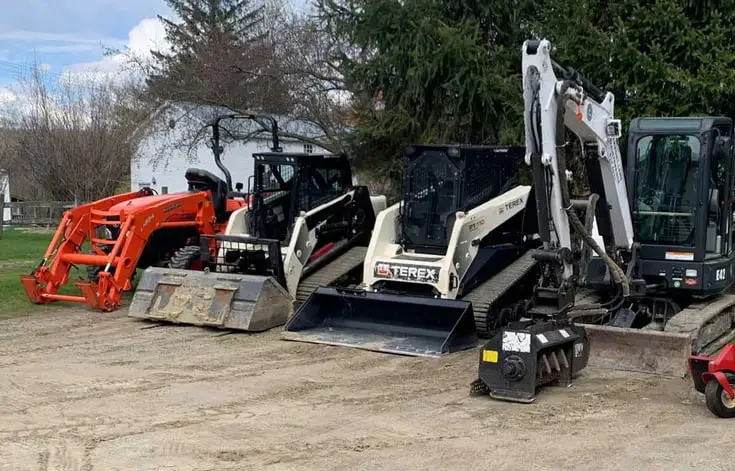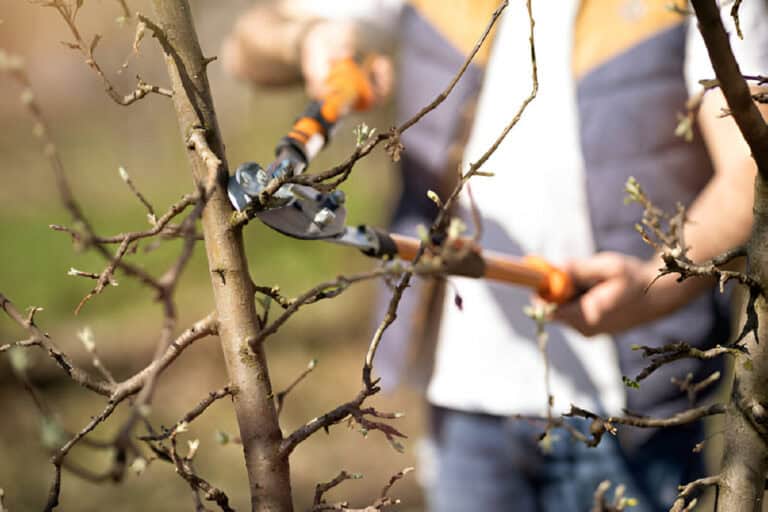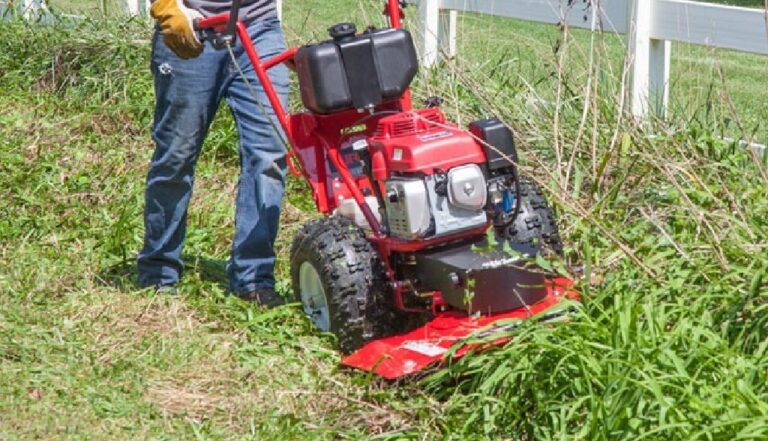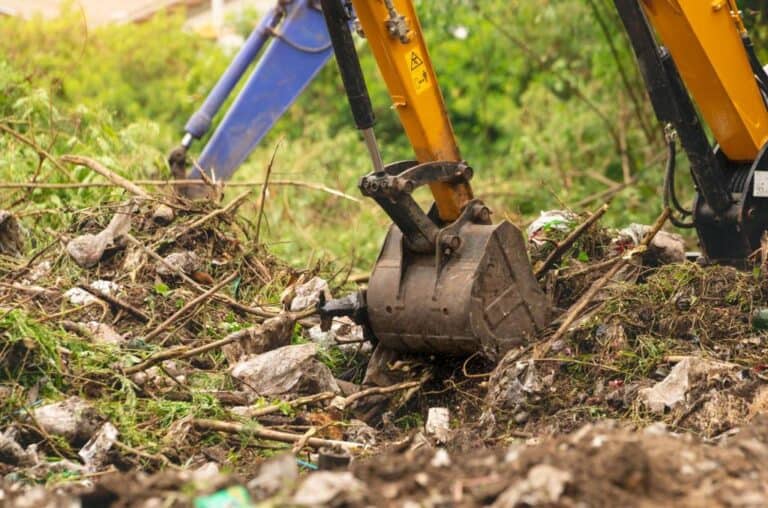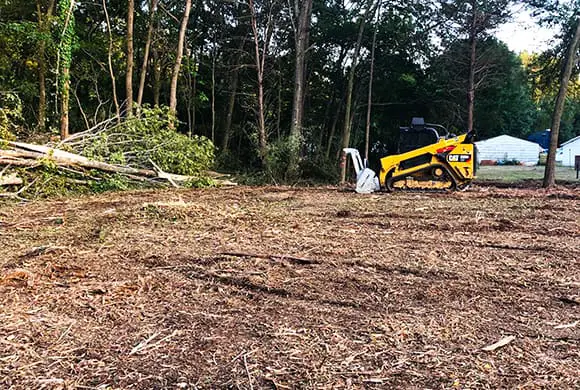Bulldozer Clearing Land: Choosing the Right Dozer Attachment

If you’re planning to clear land with a bulldozer, you need to ensure that you have the right attachment for the job. Attachments for bulldozers are made to do a wide range of jobs, from grading and leveling to digging and removing trash.
With so many different attachments available, it can be difficult to know which one is best suited for your specific needs. That’s why it’s important to do your research and choose the right attachment for your project.
We’ll explore some of the most common bulldozer attachments and their uses, as well as the pros and cons of each type. We’ll also discuss factors such as the size and power of your bulldozer, the type of terrain you’ll be working on, and your budget.
Whether you’re clearing a small plot of land for a garden or a large commercial site, choosing the right attachment can make all the difference in the success of your project.
Is a Bulldozer Good for Clearing Land?
Bulldozers are an essential tool for land clearing projects. They are perfect for clearing even the most difficult terrain because they are very stable and can be used in many different ways.
Whether you’re working with dense forests, rocky ground, or sloped terrain, a bulldozer can get the job done quickly and efficiently. These machines are designed to handle tough jobs, so you don’t have to worry about them breaking down or failing during your project.
One of the biggest advantages of using a bulldozer for land clearing is its productivity. They are incredibly efficient at moving large amounts of material, which makes them perfect for clearing large areas of land. With the right attachment, a bulldozer can also be used to level and grade the land to get it ready for more building or development.
Another advantage of using a bulldozer for land clearing is its range of sizes. From small, compact models to larger machines, there is a bulldozer that is perfect for the size of the lot you’re clearing. This versatility means that you can select a machine that is tailored to your specific project needs, ensuring that you get the job done right the first time.
Choosing The Right Size Bulldozer for Clearing Land
When it comes to clearing land with a bulldozer, the size of the machine matters. You need to choose a machine that is powerful enough to handle the job but is also the right size for the lot you’re clearing.
One popular choice for land clearing is a medium-sized bulldozer. These machines typically have up to 200 horsepower and an operating weight of around 46,000 pounds, making them ideal for clearing large areas of land.
One of the biggest advantages of a medium bulldozer is its tracks. The tracks have great grip on rough ground, which makes them perfect for clearing land in tough conditions. They are also great for moving materials around a job site and clearing snow, making them a good investment for any construction or land development project.
Another advantage of a medium bulldozer is its size. While larger bulldozers may be more powerful, they can also be too big for some lots, making it difficult to maneuver around obstacles or in tight spaces.
A medium-sized bulldozer strikes the right balance between power and size, making it a great choice for clearing land while still being able to navigate around the job site with ease.
What Dozer Attachment Suitable For Clearing Land?
Bulldozers are versatile pieces of machinery that can be outfitted with different attachments to do different kinds of land clearing jobs. These attachments can make clearing land easier, faster, and more efficient.
Here are some attachments that are suitable for clearing land efficiently using bulldozers.
- Brush rake: A large metal attachment that fits onto the front of a bulldozer and is used to gather and move brush, tree limbs, and other debris.
- Tree shear: Used for cutting down trees, this attachment is ideal for clearing wooded areas and can be used on trees of various sizes. It can be attached to the front or side of the bulldozer.
- Root rake: A large metal rake that is designed to scrape and clear the roots and other debris from the soil. This attachment is ideal for leveling the ground after land clearing, removing debris from the soil, and preparing the land for further construction.
- Ripper: An attachment with strong, pointed teeth that is used to break up hard soil or rocks before clearing land.
- Auger: A drilling attachment that can be used to dig holes for foundations, posts, or other construction purposes.
- Blade: A large, flat metal attachment that is used for grading and leveling the land after clearing, as well as pushing dirt and debris to the side.
- Rock bucket: A heavy-duty bucket attachment with a grapple that can be used to move large rocks and boulders from the land.
- Stump grinder: An attachment that grinds down tree stumps to make them flush with the ground.
- Land clearing rake: Similar to a brush rake, this attachment is designed to clear large areas of land quickly and efficiently.
These attachments can be used with different sizes of bulldozers, depending on the specific land clearing task and the size of the area to be cleared.
How To Clear Land With Bulldozer Safely
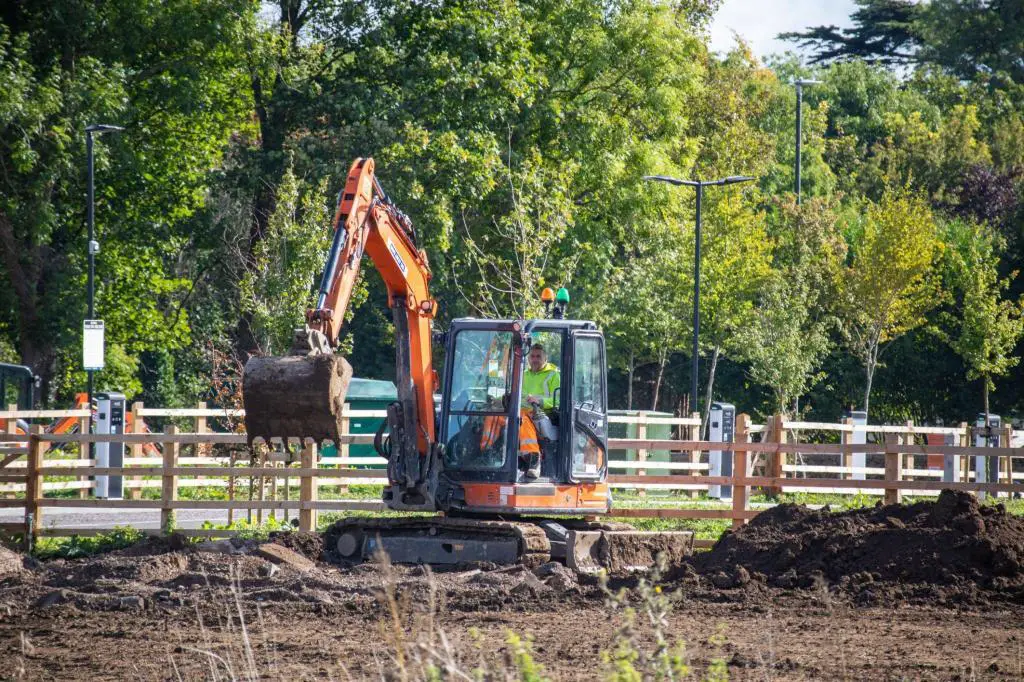
When it comes to clearing land with a bulldozer, safety should always be a top priority. While bulldozers are powerful and efficient machines, they can also be dangerous if not used properly. To ensure a safe and successful project, there are several key steps that should be taken before, during, and after the clearing process.
- Site assessment: The first step to safely clear land with a bulldozer is to assess the site. Identify any hazards such as underground utilities, unstable ground, or any other obstacles that could pose a safety risk.
- Plan the work: Develop a clear plan for the work to be done. This should include identifying the location of the work area, the equipment to be used, the sequence of operations, and the personnel involved in the project.
- Protective gear: Ensure that all workers involved in the project are wearing appropriate protective gear such as hard hats, safety glasses, earplugs, and steel-toed boots.
- Proper training: Before operating a bulldozer, it is essential to receive proper training on the equipment. This includes understanding the controls, safety features, and how to safely operate the equipment in different terrain conditions.
- Clear communication: Ensure that there is clear communication between workers and equipment operators. Establish hand signals, radio communication, or other means of communication to ensure that everyone is on the same page.
- Slow and steady: When operating a bulldozer, it is essential to proceed slowly and steadily. Avoid sudden movements, and keep the blade close to the ground to maintain stability.
- Proper maintenance: Regular maintenance of the bulldozer is essential to ensure that it is operating safely and efficiently. This includes checking and replacing worn parts, changing fluids, and keeping the equipment clean.
- Follow safety guidelines: Follow all safety guidelines provided by the manufacturer, OSHA, or other regulatory bodies. This includes properly securing the bulldozer before maintenance, using seat belts, and avoiding distractions while operating the equipment.
By following these steps, you can safely and efficiently clear land with a bulldozer. It is important to prioritize safety throughout the project to prevent accidents and injuries.
Alternative Methods for Land Clearing
Land clearing is an important part of any building project, but it can also have big effects on the environment. While bulldozers are often the go-to equipment for land clearing, there are alternative methods that can be used to minimize the impact on the environment.
One alternative method is hand clearing. This method involves manually removing trees and other vegetation from the land. Hand clearing is a more time-consuming process than using a bulldozer, but it is a more environmentally friendly method. Hand clearing allows for selective clearing, which means that only the necessary trees and plants are taken away, leaving behind a more natural and diverse environment.
Another alternative method for clearing land is forestry mulching. Mulching involves grinding trees and vegetation into small pieces using a machine called a mulcher. The mulch can then be left on the ground, where it decomposes and adds nutrients to the soil. This method is ideal for areas with a lot of small trees and brush that are difficult to remove manually.
Finally, controlled burning can be used as an alternative method for land clearing. Controlled burning involves setting fire to the vegetation on the land, which clears the area and also helps to fertilize the soil. To stop the fire from spreading, only professionals should use this method, and only when the weather is just right.
Bulldozers are strong and effective at clearing land, but there are other ways to do it that are less harmful to the environment. Hand clearing, mulching, and controlled burning are just a few examples of alternative methods that can be used to clear land in a more environmentally friendly way.
When planning a building project, it is important to think about how land clearing will affect the project and choose the best method for the site.
Post-clearing Site Maintenance
After a bulldozer has been used to clear land, it is very important to keep the land in good shape for the long term. When land is cleared, soil erosion can happen, which is bad for the environment and the communities around the site.
By taking care of the site after clearing it, you can keep the soil from washing away and protect it for years to come.
One important step in post-clearing site maintenance is removing any debris that may have been left behind during the clearing process. This includes removing rocks, stumps, and other large debris that can pose a hazard to people or equipment. You can use bulldozer to remove stumps and rocks easily. By getting rid of this trash, you can avoid accidents and make the site a safe place to work on future projects.
Another important part of site maintenance after clearing is filling in any holes or trenches that were made during clearing. These holes can become a safety hazard and can also lead to erosion and soil compaction. By putting soil or gravel in these spots, you can stop erosion and create a stable surface for future projects.
Some vegetation may still left in the area, or to prevent further grow, it is common to spray after forestry mulching. This process involves spraying a chemical solution over the cleared area, which can help to control the growth of unwanted vegetation and prevent the regrowth of trees or stumps that were not entirely removed during the initial clearing.
Finally, grading the site is an essential part of post-clearing site maintenance. Grading means making the land even and making sure it drains well to stop erosion and keep the soil healthy. This can be done using a bulldozer or other equipment to shape the land and create a slope that allows water to flow away from the site.

